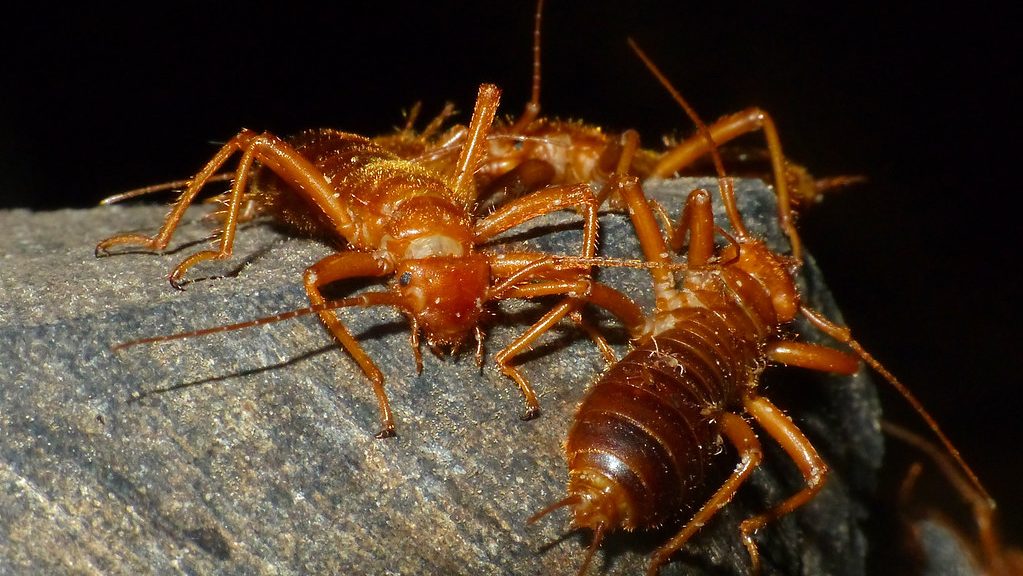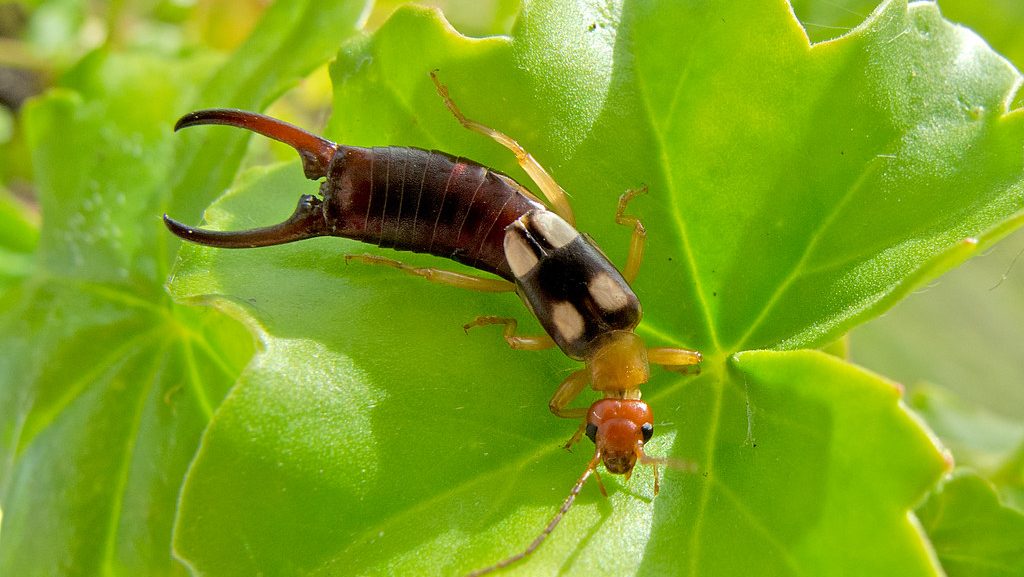Key Takeaways
- Earwigs seek moisture and shelter in humid areas like basements and bathrooms.
- They enter homes through small cracks, gaps, and open doors or windows.
- Reducing moisture levels and sealing entry points can help prevent infestations.
- Outdoor lighting and clutter can attract earwigs to your home.
- Using traps, natural deterrents, and insecticides can help eliminate them.

Why Are There Earwigs in My Home?
Finding earwigs in your home can be unsettling. These small insects with pincers on their rear may look intimidating, but they are generally harmless. However, their presence indoors is often a sign of moisture issues or seasonal changes. Let’s explore the common reasons why earwigs invade homes and how you can prevent them.Common Reasons Earwigs Invade Homes
-
Seeking Moisture and Shelter: Earwigs thrive in damp environments. High humidity, leaks, or condensation buildup in basements, bathrooms, kitchens, and crawl spaces attract them.
-
Seasonal Changes and Weather Extremes: Extreme weather conditions like hot, dry summers or cold winters push earwigs indoors in search of moisture or warmth.
-
Easy Entry Points: Small cracks, gaps in doors and windows, and vents serve as entryways for earwigs, especially at night.
-
Attracted to Light: Earwigs are drawn to bright lights at night and may enter homes through open windows and doors.
-
Hitchhiking on Objects: They hide in potted plants, firewood, newspapers, and cardboard boxes, entering homes when these items are brought inside.


Not getting a solution?
Get your free pest control estimate today!How to Prevent Earwigs from Entering Your Home
Stopping earwigs from entering your home requires a combination of moisture control, sealing entry points, and reducing attractants.Effective Ways to Prevent Earwigs
-
Fix leaky pipes and faucets to reduce moisture levels.
-
Use dehumidifiers in damp areas like basements and crawl spaces.
-
Ensure proper ventilation in bathrooms and kitchens.
-
Inspect and seal cracks in walls, foundations, and around windows and doors.
-
Install weather stripping and door sweeps to close small gaps.
-
Repair or replace damaged window screens.
-
Remove leaf piles, grass clippings, and mulch from near your home’s foundation.
-
Store firewood and lumber at least a few feet away from your house.
-
Trim overgrown vegetation and keep flower beds dry.
-
Use yellow-tinted outdoor bulbs, which are less attractive to insects.
-
Keep porch and patio lights turned off when not in use.
-
Regularly vacuum and sweep areas where earwigs might hide.
-
Declutter basements, garages, and storage spaces.
-
Check household items, plants, and packages before bringing them inside.

How to Get Rid of Earwigs in Your Home
If you already have earwigs indoors, try these methods to eliminate them:Ways to Eliminate Earwigs
-
Catch and Dispose: Use a vacuum to remove visible earwigs. Set up homemade traps like a damp rolled-up newspaper to collect them overnight and dispose of them in the morning.
-
Use Natural Deterrents: Sprinkle diatomaceous earth along baseboards and entry points. Spray a mixture of water and essential oils like peppermint or eucalyptus to repel them.
-
Apply Insecticides (As a Last Resort): If the infestation is persistent, use a pesticide labeled for earwigs. Follow safety instructions and consider consulting a professional exterminator.





